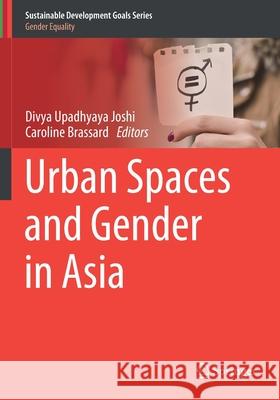Urban Spaces and Gender in Asia » książka
topmenu
Urban Spaces and Gender in Asia
ISBN-13: 9783030364960 / Angielski / Miękka / 2021 / 196 str.
Urban Spaces and Gender in Asia
ISBN-13: 9783030364960 / Angielski / Miękka / 2021 / 196 str.
cena 682,72
(netto: 650,21 VAT: 5%)
Najniższa cena z 30 dni: 655,41
(netto: 650,21 VAT: 5%)
Najniższa cena z 30 dni: 655,41
Termin realizacji zamówienia:
ok. 22 dni roboczych
Dostawa w 2026 r.
ok. 22 dni roboczych
Dostawa w 2026 r.
Darmowa dostawa!
Kategorie:
Kategorie BISAC:
Wydawca:
Springer
Seria wydawnicza:
Język:
Angielski
ISBN-13:
9783030364960
Rok wydania:
2021
Wydanie:
2020
Numer serii:
000812045
Ilość stron:
196
Waga:
0.38 kg
Wymiary:
25.4 x 17.78 x 1.17
Oprawa:
Miękka
Wolumenów:
01
Dodatkowe informacje:
Wydanie ilustrowane











